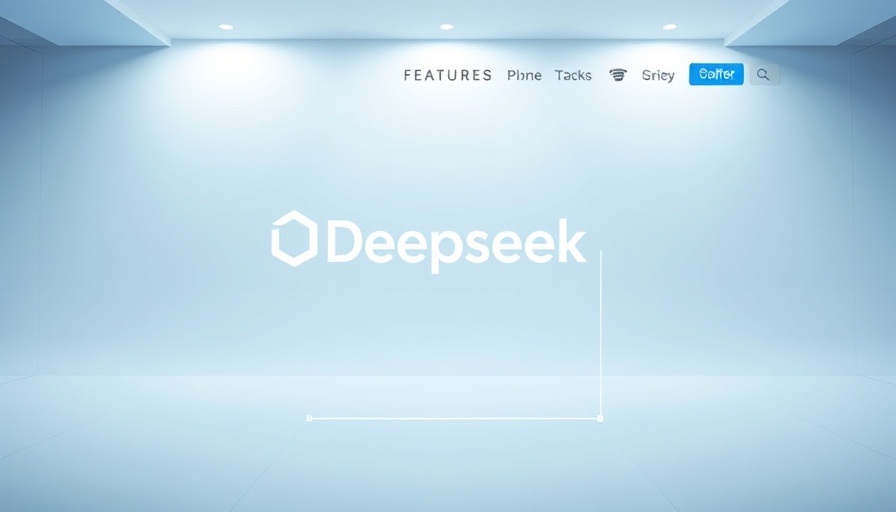
DeepSeek: A Game Changer in AI Competition
The rapid emergence of DeepSeek, a Chinese artificial intelligence company, has reshaped the landscape of global AI competition. Launched in early 2025, DeepSeek’s LLM-powered chatbot, DeepSeek-R1, swiftly became the most downloaded app in both the US and India, outpacing established players like ChatGPT and Google Gemini. But what makes DeepSeek noteworthy is not just its performance; it fundamentally challenges prevailing assumptions about the resources needed for artificial intelligence development.
Understanding Large Language Models (LLMs)
DeepSeek's LLM operates similarly to well-known models like ChatGPT but adopts a unique architecture known as the Mixture of Experts (MoE). This structure differentiates it from single, monolithic models by activating only necessary sections for specific tasks, which increases efficiency and reduces the costs associated with extensive AI training. This innovation raises questions about whether the traditional, high-cost approach to AI development might be obsolete.
Technological Impact and Cost Efficiency
Skeptics and experts alike have noted that DeepSeek reportedly developed its LLM with a mere $6 million investment, a stark contrast to the billion-dollar valuations of companies like OpenAI and Nvidia. This remarkable efficiency challenges the hypothesis that large sums of money are paramount for AI development, indicating a potential paradigm shift in how AI technologies can be developed and deployed. With this success, the company has catalyzed conversations around economic models in AI, illustrating that innovation can emerge from cost-effective methodologies.
The Geopolitical Ramifications
DeepSeek’s success has sent shockwaves through the tech industry, reverberating in financial markets and leading to significant shifts in stock performances, particularly impacting US firms like Nvidia. The implications extend beyond business; they symbolize a geopolitical contest between the US and China. As noted by several analysts, including those from Asia Times and Forbes, DeepSeek's innovation showcases China's unique approach to technological development, which melds state support with open-source collaborative practices.
The Rise of Open-Source AI
In contrast to the proprietary models favored by many US tech giants, DeepSeek offers an open-source approach, granting developers access to its underlying code. This strategy not only democratizes access to advanced AI but also aligns with China's broader ambition to position itself as a global leader in technology by fostering an inclusive ecosystem of innovation. Industry experts like Yann LeCun emphasize that open-source development can drive collaborative efforts and spark rapid advancements in AI technology, potentially leading to a significant rethinking of how companies approach AI.
Challenges Ahead: Privacy and Geopolitical Tensions
Despite its technological advancements, DeepSeek is not without controversy. Concerns around privacy and data usage loom large, particularly due to the expectation that Chinese companies may be compelled to share data with government entities. The recent cyberattack on DeepSeek’s servers further complicates its narrative and highlights vulnerabilities that have geopolitical implications. As tensions rise, the international community must scrutinize how AI tools are integrated into existing frameworks of governance and surveillance.
Future Implications for AI Leadership
The narrative around DeepSeek is rapidly evolving, shifting from merely being a technological achievement to a potential catalyst for a broader reevaluation of global AI dynamics. As nations contemplate their strategies for emerging technologies, the lessons learned from DeepSeek's journey may encourage a re-examination of proprietary versus open-source models and their respective places in the future of AI.
If we are entering a new era defined by efficiency in AI rather than exorbitant costs, could this democratization of technology inspire a wave of innovation across various sectors? As the world increasingly relies on AI for both commercial and governmental functions, understanding these changes will be crucial for stakeholders across the globe.
 Add Row
Add Row  Add
Add 




 Add Row
Add Row  Add
Add 

Write A Comment